- Smart OS
- Product & Service
- Smart Industry
- Success Stories
- About ThunderSoft
- Careers





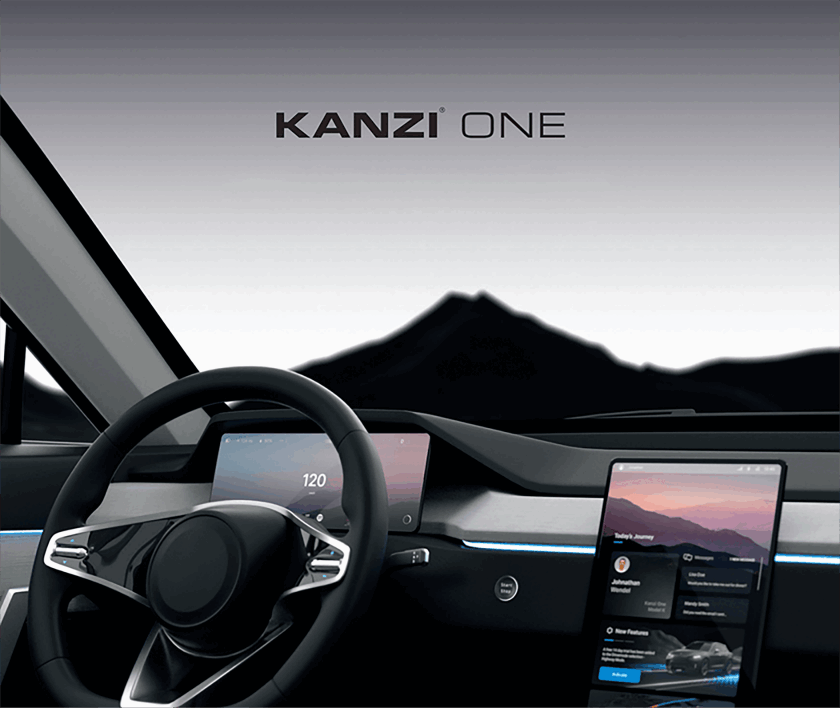



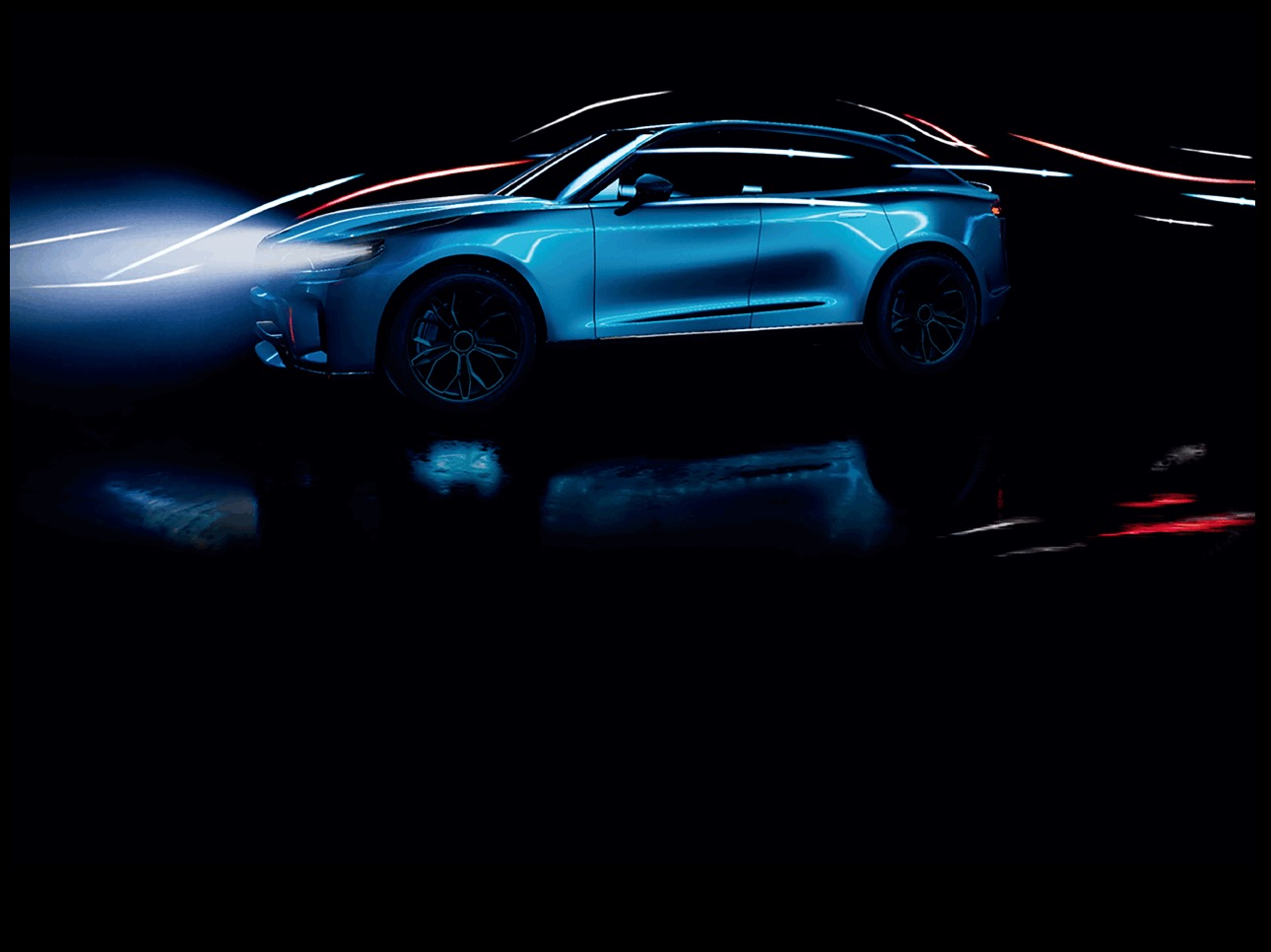



- Native Java and Kotlin support

- Kanzi Engine integrated into Android UI thread

- Android Studio for development

- Free composition of Kanzi views within Android UI
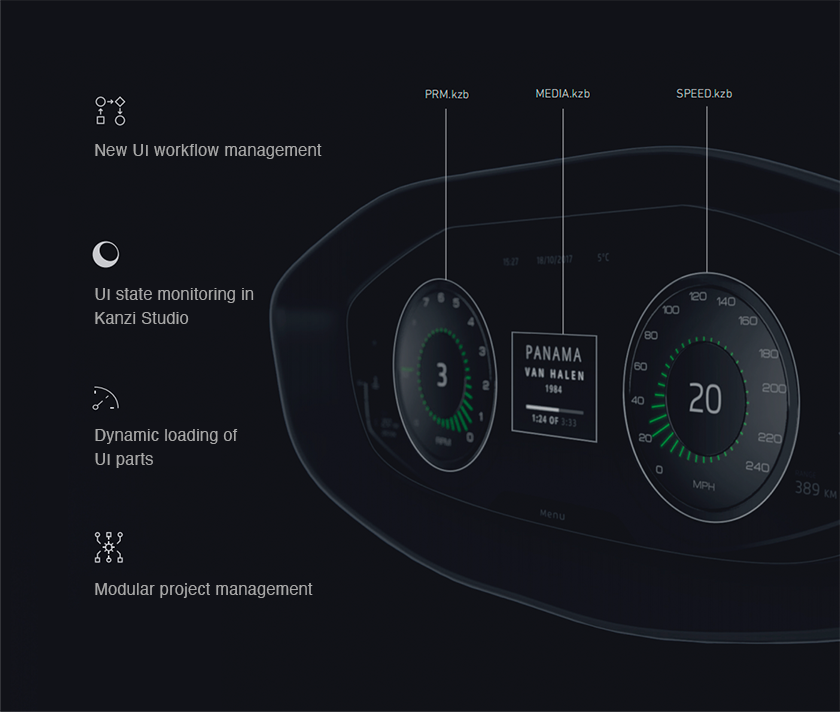

- Automotive assets and libraries

- Real-time preview with VR capabilities

- Multi-language support

- Visual editing

- Touch, voice, and gesture control

- Backward compatiblity

- Plugins in C++, Java, and Kotlin

- Profiling and debugging

- Long-term support

- Easy deployment to target

- Easy data integration

- UI and UX logic control
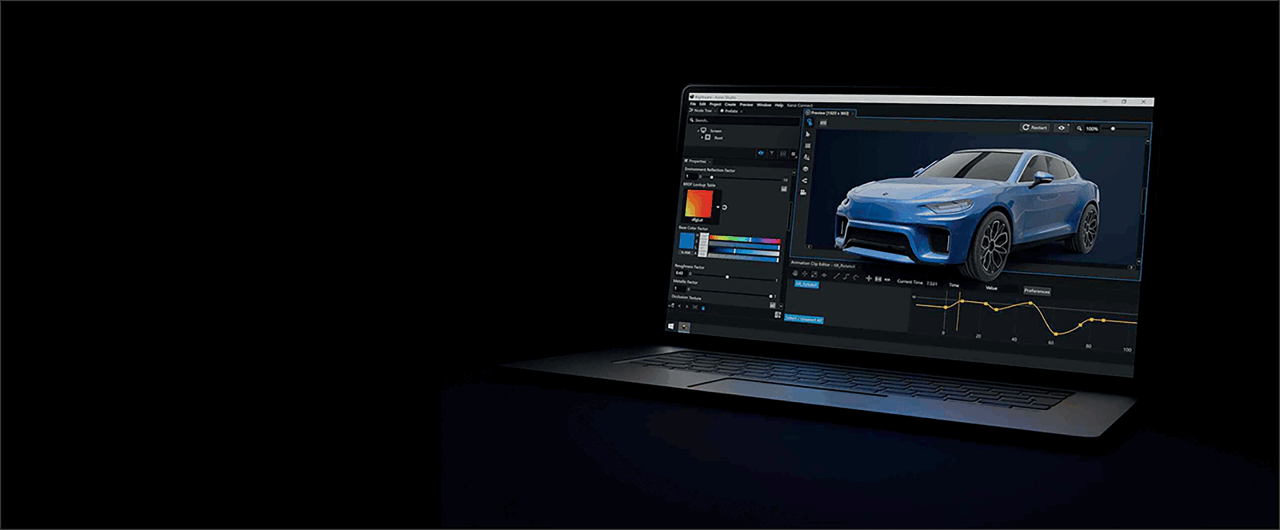
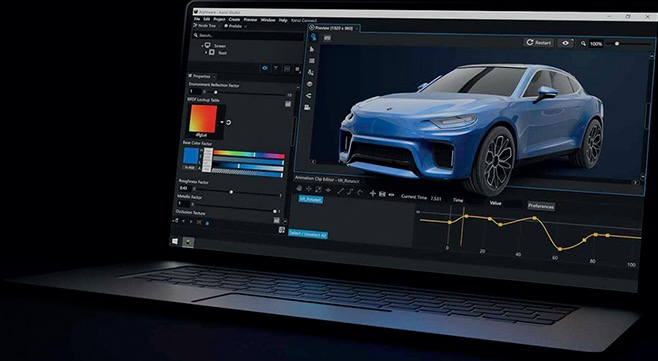

- Extendable architecture via plugins

- Platform-independent output binaries

- Production-proven automotive compliance

- Functional safety

- Vector graphics

- Particle effects
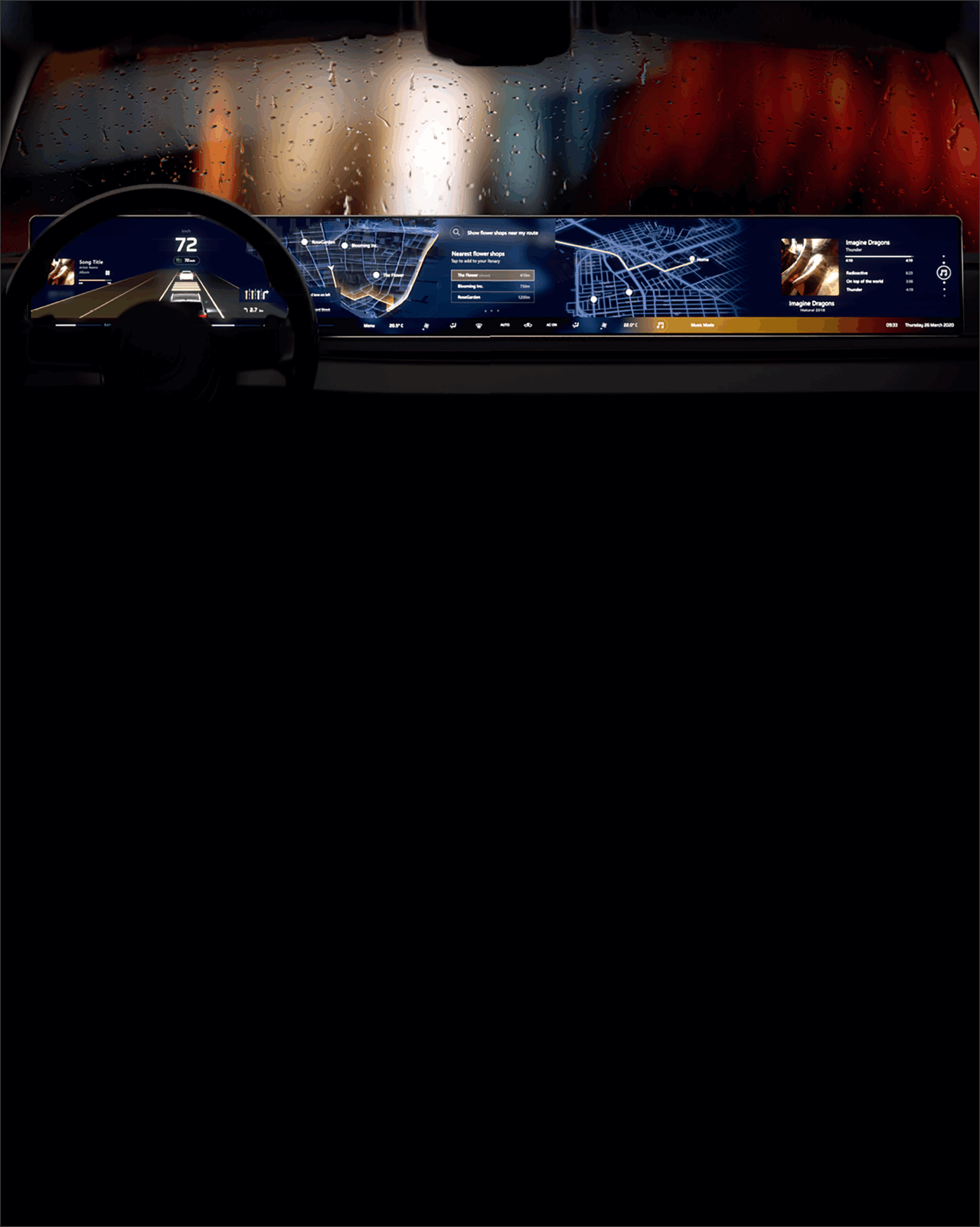

- Share data, content, and services across devices
- Synchronize multiple screens to any event
- Distribute services to different devices
- Set up content databases
- Simulate data flow and HMI functionalities in Kanzi Studio

- Start building with included templates
- Create contextual theming for different driving conditions
- Align the look of all displays in the car
- Simulate navigation to test your design

- Bring user interfaces to life by adding more visual stimuli to the UI or splash screen
- Create impressive background animations, simulating fluid flow and movement inside and outside the car
- Control the physical characteristics, movement, number, and lifetime of particles

- Create three-dimensional gauges and content on the display
- Prompt the driver with safety-critical information
- Enhance map view and offer rear-seat entertainment in 3D
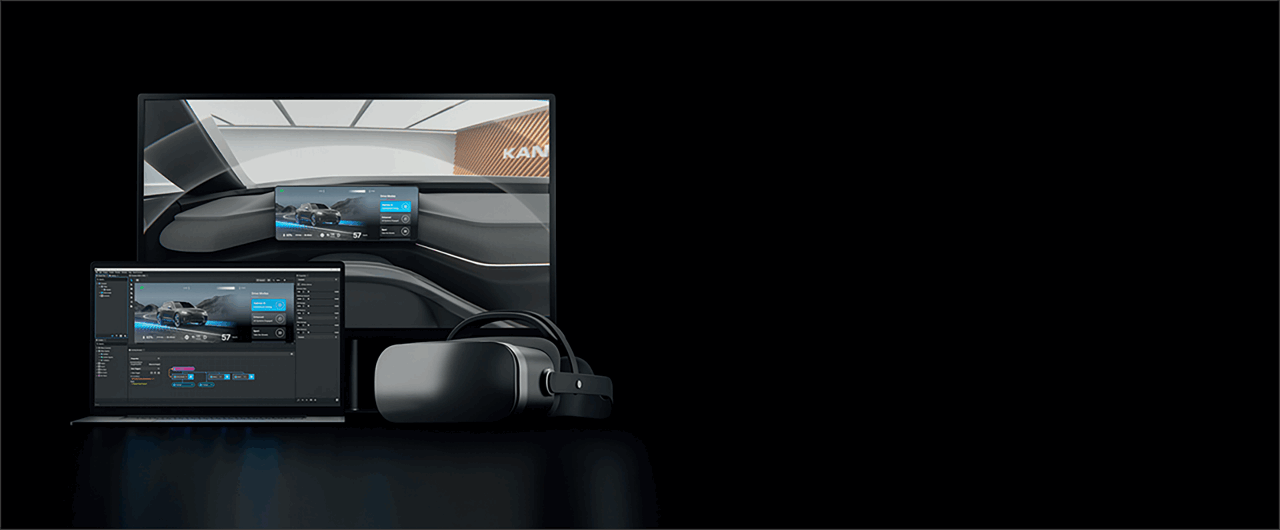
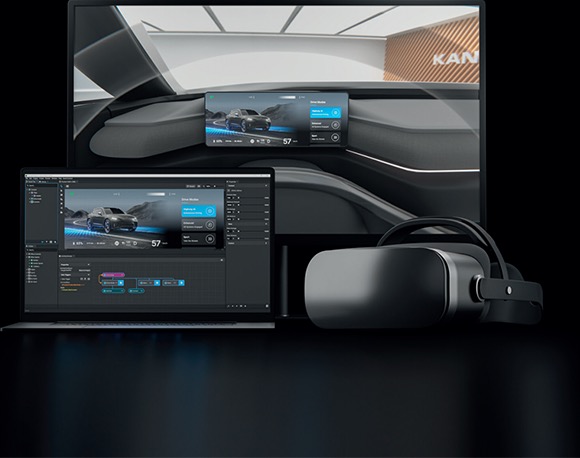

- Use Kanzi VR with or without the VR headset for early validation of your HMI design
- Preview and interact with complex multi-display HMIs in a virtual environment
- Create and validate the different scenarios impacting the appearance of your user interface
Kanzi FOR MCUs
Development tools for designing and developing high-performance HMl for embedded microcontrollers (MCUs). Adopting the widely acclaimed Kanzi core technology in the industry, it supports mainstream automotive gauge level instrument MCUs in the market. And by supporting the Kanzi Studio toolchain, we have innovatively implemented cool 2D/2.5D advanced graphics dynamic effects on entry-level hybrid instrument hardware, bringing users high-quality human-computer interaction, rich vehicle status display information, and powerful functions. Enable customers to reduce hardware costs while also providing a better user experience for display devices driven by microcontrollers. Enable customers to create a smooth user interface on cost-effective microcontrollers (MCUs).
• Cool2D/2.5D advanced graphics dynamic effects
• Fully reuse Kanzi Ul assets and existing functionality
• Rich and scalable standardized interfaces
• Quickly and efficiently implement microcontroller (MCU) HMl products
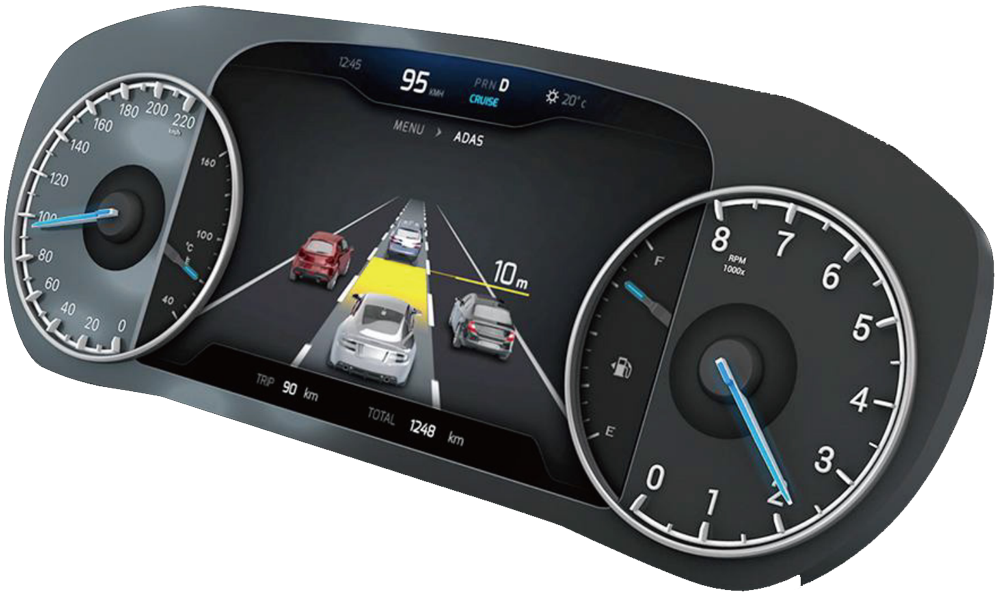
Kanzi MASS PRODUCTION SOLUTION
▶ Kanzi 3D Launcher Solution
A user-defined automotive world. This design concept removes OS restrictions on working across screens. With functional security guaranteed, HMl which is based on different Os, can work and share on the same screen. On the same large screen, users can freely combine cluster and lVl information, configure vehicle HMl conveniently and quickly as they like, to design their unique vehicle HMl style.
• Transition from 2D to 3D
• Platform design through 2D
• Differentiated design through 3D
• Metaverse concept to create a 3D world

▶ Kanzi Auto Parking 3D Rendering Solution
Kanzi can render parking lot base map information into a visual simulation environment. The information of parking lines and indoor facilitiesis vividly displayed to create an immersive driving experience for users.
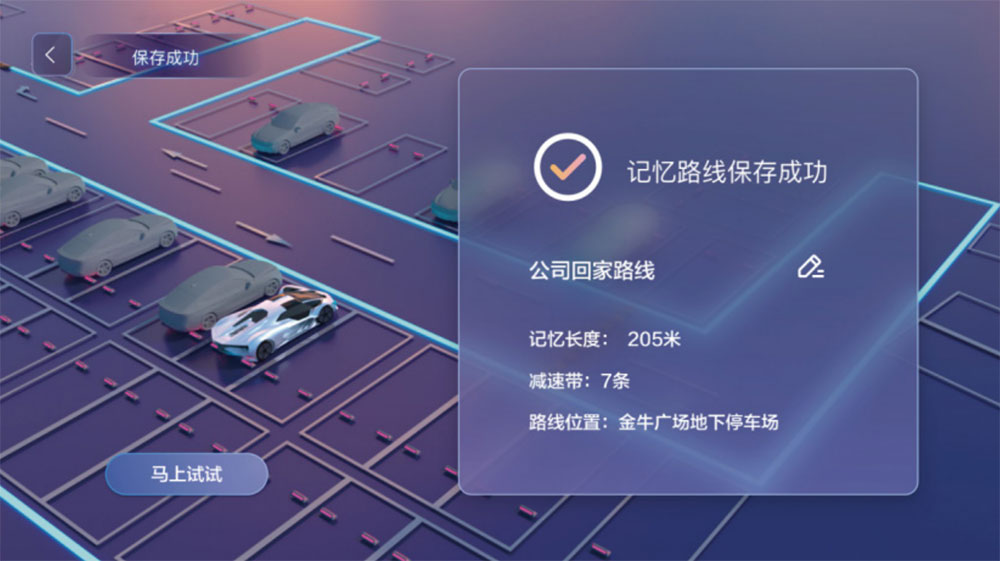
▶ Kanzi Map&ADAS Rendering Solution
Using sensory data from vehicles/2X devices, and HD/SD map data from map vendors to render a 3D map and describe driving intent of vehicle. Support lntegrate to multiple os. This product works with 3D maps, HD maps, lane-level navigation, V2x, and other scenarios to meet the diverse needs of car manufacturers and make driving safer and more fun.
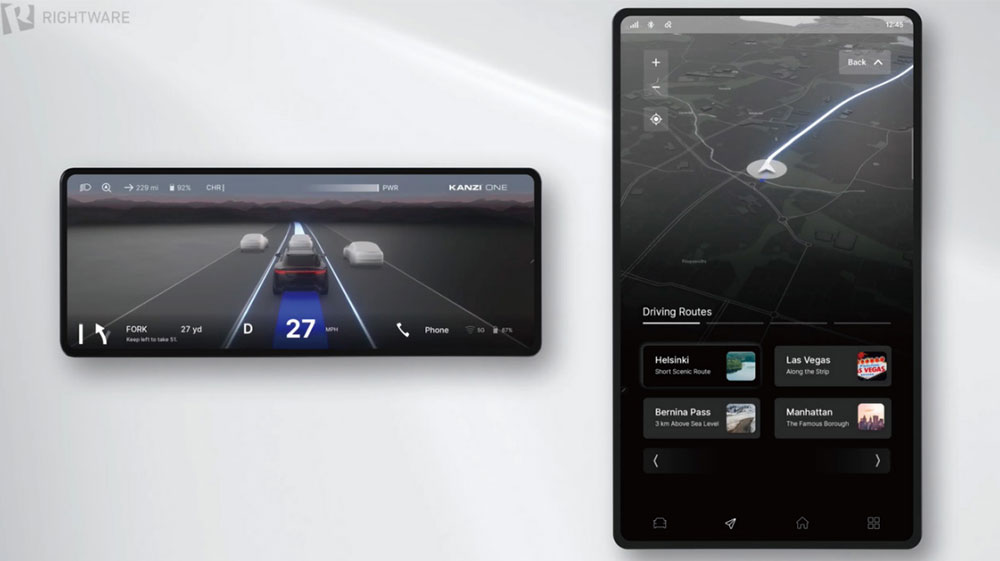
▶ Kanzi 3D Car Setting Solution
A 3D car model that fully reflects reality. Each operable part changes the settings in real-time to be consistent with the physical parts, giving users a "what you see is what you get" experience, greatly improving interaction, and bringing users a sense of 3D rendering technology.
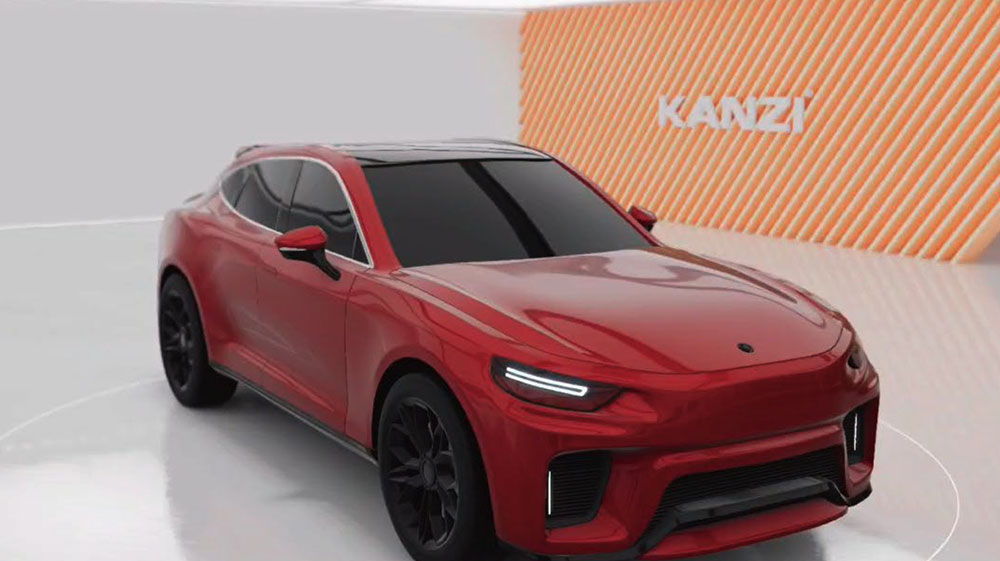
▶ Kanzi VPA/Avatar Solution
Real-time rendering 3D model, which can realize interaction effect which is hard to achieve in the traditional way.
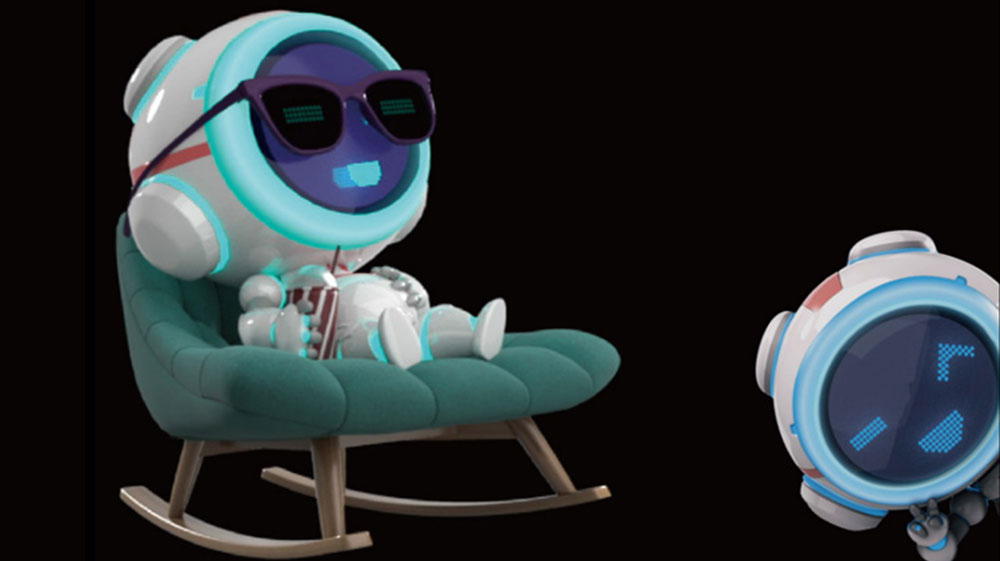

-
Subsidiaries

- Thundercomm
- ThunderX
- OSware
- MMSolutions
- Rightware
-
Marketing information

- News
- Events
- Download Center
-
Contact Us

-
Telephone(+86) 010-62662686
-
Sales Enquiry
-
Marketing Contact









